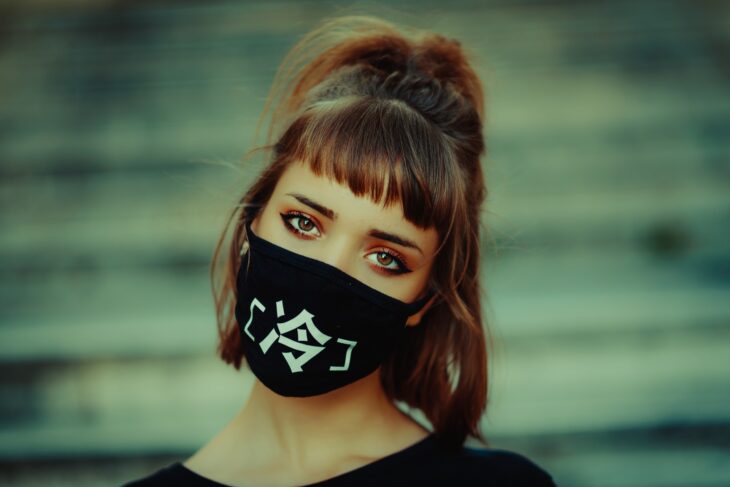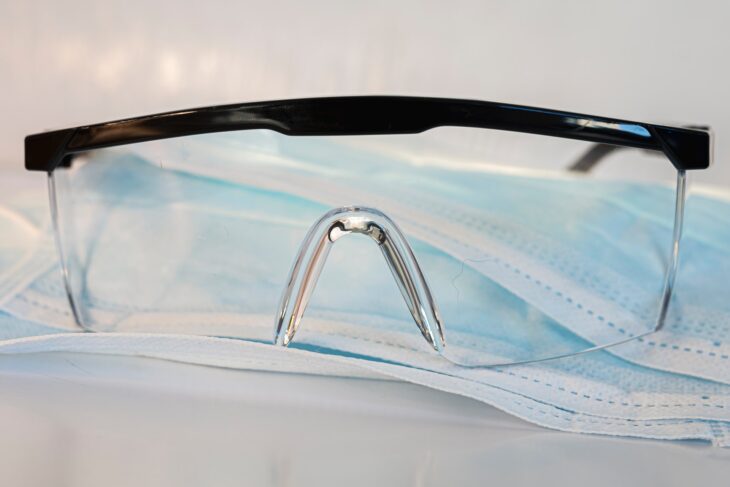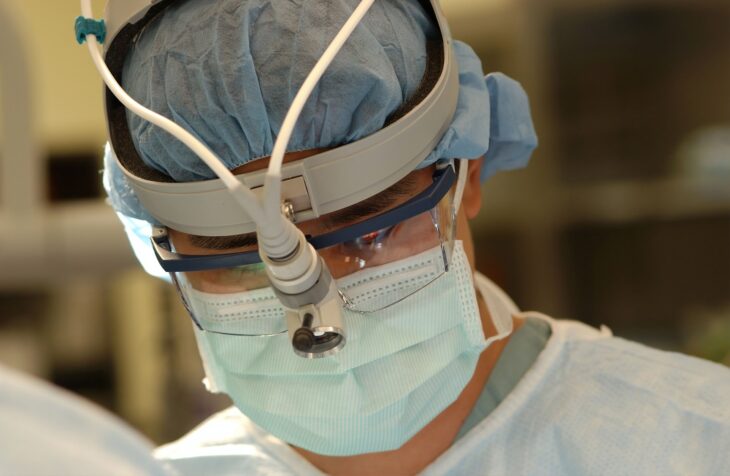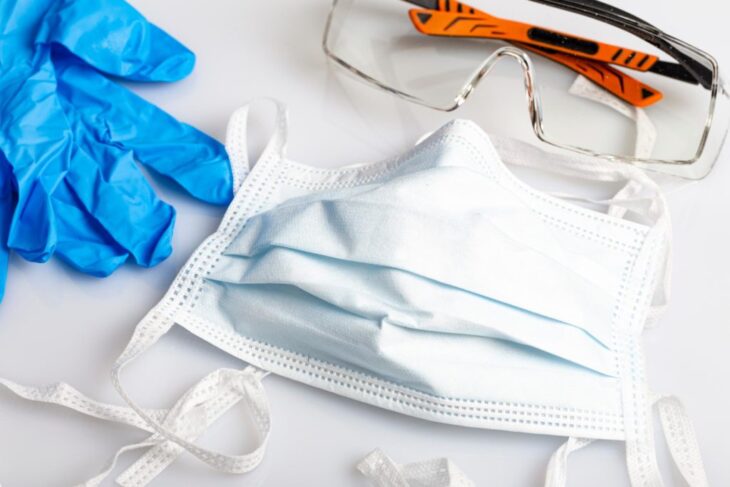Contents
- What does PPE mean?
- Why is it essential for workers?
- 6 Most Common PPE to Promise Your Safety Against Mishaps
- Working in Healthcare? Know Your PPE Type
- COVID-19 Pandemic: Sustaining PPE Usage
- Dwindling Probable for Viral Exposure Through
- How to Tackle Critical PPE Shortage-Situation?
- How to find the right PPE Supplier?
What does PPE mean?
Personal Protective Equipment, also known as PPE is a set of wearables intended to shield or protect the wearers from any dangers including chemicals, electrical, radiological, and others. In other words, it is a risk control measure to protect workers from a wide range of workplace hazards:
- Severe or extreme temperatures
- Crucial impacts, emissions, or ejections
- Lethal airborne contaminants
Why is it essential for workers?

Image source: unsplash.com
It is rather an obligation on the employer side to provide personal protective equipment to their employees at the workplace. As per the Occupational Safety and Health Act, the employer must provide its workers with robust personal protective equipment to protect them from unforeseen hazards during work. According to Fortune Business Insights, The global personal protective equipment market size is expected to reach USD 92.86 billion by 2027, There are a variety of risks involved during work, from chemical spilling to exposure to a deadly virus. Personal protective equipment keeps the wearer safe and protected from exterior dangers and it is the responsibility of the employer to keep its staff safeguarded from unwanted exposures. Nevertheless, there are a few things all employers must follow to ensure workers’ safety, which is educating employees about:
- What is the importance of PPE in the workplace?
- When to use it?
- How to wear it?
- What type of PPE one should use?
- The limitations of PPE?
- How to dispose of it after use?
6 Most Common PPE to Promise Your Safety Against Mishaps

Image source: unsplash.com
- Respiratory Protection Equipment: Masks are unquestionably the protector of your lungs from redundant and hazardous air. There are millions of workers around the world who are unaware of RPE and inhale toxic smoke, powder, vapor, dusk while playing their duties. RPE also comes in a variety of options. Dust masks can only protect from dust or hard particles but not toxic materials.
- Feet Protection Equipment: Feed requires protection, just like any other part of the body. Safety boots or shoes are ideal for safeguarding the feet from any damage. Various accidents that happen during industrial operations caused by tripping, slipping or sliding can be avoided by an antiskid sole.
- Hand Protection Equipment: The hand must be protected all the time because it is vulnerable to injuries. A diverse category of gloves is used in different applications, such as safety from bacteriological hazards, protection against extreme hot or cold, safety against chemicals, and toxic materials.
- Head Protection Equipment: A helmet plays a vital role in diminishing the risks of head injuries. These sturdy helmets come in stylish designs and options for numerous applications.
- Body Protection Equipment: Strong material-based pants and jackets can provide stability against unexpected casualties. These jackets and pants also come in a variety of options depending on their use.
- Eye Protection Equipment: Eyes are one of the most delicate parts of our body, therefore its requires extra protection. Safety glasses can help prevent eye damage from infrared radiation. There are workers in the developing nations who work without a shield or welding goggles and endure eye injuries during work. A good pair of projective glasses can preserve our fragile eyes from wrongs.
Working in Healthcare? Know Your PPE Type

Image source: unsplash.com
Healthcare workers may require a different set of PPEs to perform their jobs. PPE can prevent any contamination or transmission of germs and viruses in the healthcare setting. The basic PPE worn by healthcare professionals includes face shields, masks, gown, goggles, hat, apron, gloves, and shoe covers. Apart from PPE, frequent sanitization and handwashes are imperative! All doctors must follow the guidelines and regulations issued by the Food and Drug Administration (FDA) for PPE use. Also, after use, the PPE must be disposed of in separate waste bins to avoid infection.
COVID-19 Pandemic: Sustaining PPE Usage

Image source: freepik.com
Safety has been of paramount prominence, especially in times of pandemics. Healthcare systems are employing ways to protect patients and others in healthcare settings against coronavirus. The endowment of PPE has been a boom for the healthcare system in the midst of an outbreak. PPE use has now become of supreme primacy for healthcare providers. All healthcare organizations are rapidly adapting to the new change and enhancing their use of PPE. However, there is a shortage of PPE within health care organizations due to the disruption in the supply chain amid COVID-19. Businesses and pioneers are attempting to provide an ample supply of PPEs in hospitals and facilities. The ongoing demand and aggravated supply chain may create a hassle for healthcare organizations in sustaining PPE. Certain strategies are being implemented to conserve PPEs:
Dwindling Probable for Viral Exposure Through
- Circumventing from entering a patient’s room and avoiding unnecessary patient care
- Wearing surgical masks on COVID+ patients and PUI, when in quarantine
- Proper ventilation systems for quarantined PUIs
How to Tackle Critical PPE Shortage-Situation?
- Re-use PPE by first sterilizing with UV or ozone disinfection. Make sure the PPE has been eliminated from all the bacteria and virus and made virus-free for re-use
- Re-use N95 masks not more than 5 times only if it’s clean and safe from moisture. Store your mask in a paper bag and take a note to recall its 5 times usage.
- Extend the use of facemasks and N95s in patients and allowing the healthcare provider to change gloves and gowns between patients.

Source: whcawical.org
How to find the right PPE Supplier?
There are a few ways that you can find the right PPE supplier. One way is to do a Google search for “PPE supplier” This will bring up a list of websites that sell safety PPE products. You can then browse the websites to see which ones offer products that meet your needs.
Another way to find a PPE manufacturer from China is to contact an import/export company. Import/export companies have relationships with various manufacturers in China and can help you find the right one for your needs. They can also assist with the ordering process and handle all of the shipping logistics.
Finally, you can also contact local suppliers in your area who may have relationships with China PPE manufacturers. Anbu Safety is one PPE manufacturer that mainly produces different style PPE items in China. You can visit their website: www.anbusafety.com for more PPE information.
